Family Gruidae (Cranes)
Posted: Sat Dec 22, 2012 8:57 pm
Family Gruidae (Cranes)
There are 15 living species of cranes in four genera. Though there are not many birds in this family, they are widespread in wetland and grassland habitats worldwide, though they are conspicuously missing from both Antarctica and South America. The greatest diversity of crane species is found in Asia and Africa, and these birds have been popular in cultural symbolism for centuries, including in Greek, Roman, Asian and Native American legends and mythologies. Unfortunately, more than two-thirds of crane species are considered vulnerable, threatened or endangered.
Though there is considerable variation among the crane species in terms of color and feathers, with many species having notable plumes, characteristics that Gruidae birds share include:
Tall size, with long, thin legs and necks
The long neck is held out straight in flight
Relatively dull, monochromatic plumage, but may have brighter skin or feathering on the head
Monogamous mating after elaborate courtship dances, with pairs often mating for life.
Cranes are highly vocal and have a large vocabulary of specialized calls. The cranes' duett calls are most impressive. They can be used for individual recognition.
Links:
International Crane Foundation
EWT Cranes
There are 15 living species of cranes in four genera. Though there are not many birds in this family, they are widespread in wetland and grassland habitats worldwide, though they are conspicuously missing from both Antarctica and South America. The greatest diversity of crane species is found in Asia and Africa, and these birds have been popular in cultural symbolism for centuries, including in Greek, Roman, Asian and Native American legends and mythologies. Unfortunately, more than two-thirds of crane species are considered vulnerable, threatened or endangered.
Though there is considerable variation among the crane species in terms of color and feathers, with many species having notable plumes, characteristics that Gruidae birds share include:
Tall size, with long, thin legs and necks
The long neck is held out straight in flight
Relatively dull, monochromatic plumage, but may have brighter skin or feathering on the head
Monogamous mating after elaborate courtship dances, with pairs often mating for life.
Cranes are highly vocal and have a large vocabulary of specialized calls. The cranes' duett calls are most impressive. They can be used for individual recognition.
Links:
International Crane Foundation
EWT Cranes
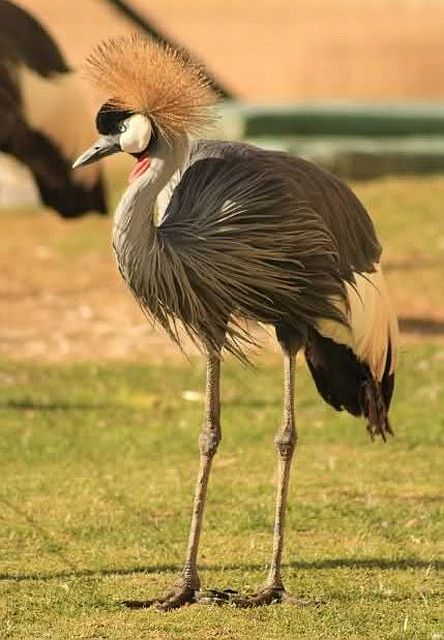


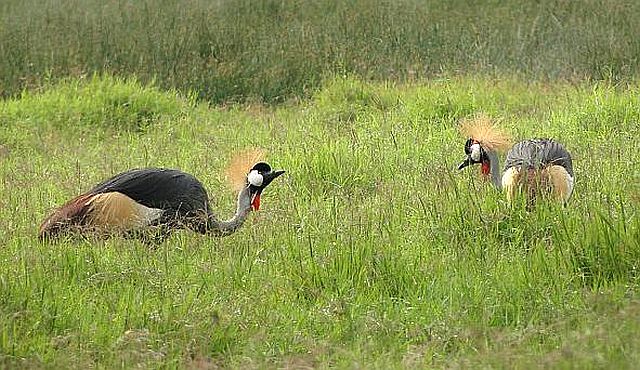 © Duke
© Duke © LBUS
© LBUS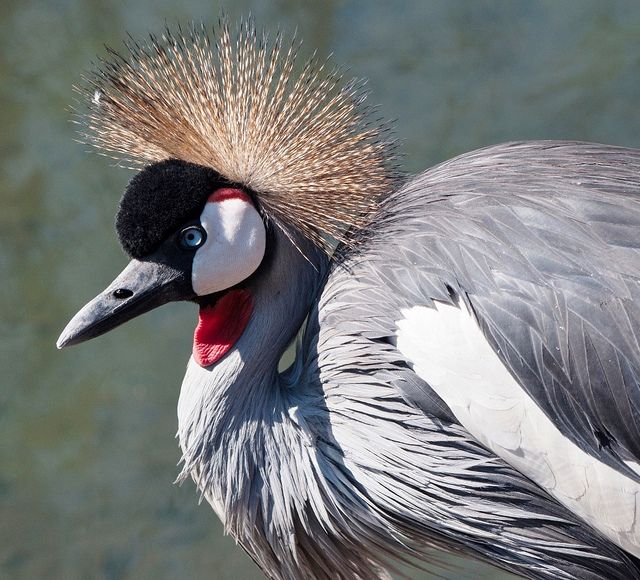 © steamtrainfan
© steamtrainfan © Kesheshe
© Kesheshe © Michele Nel
© Michele Nel
 © Toko
© Toko © Kesheshe
© Kesheshe © Michele Nel
© Michele Nel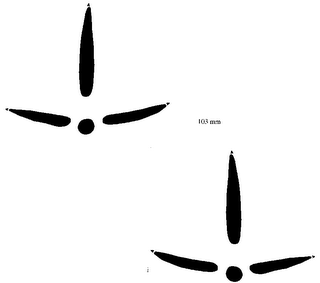
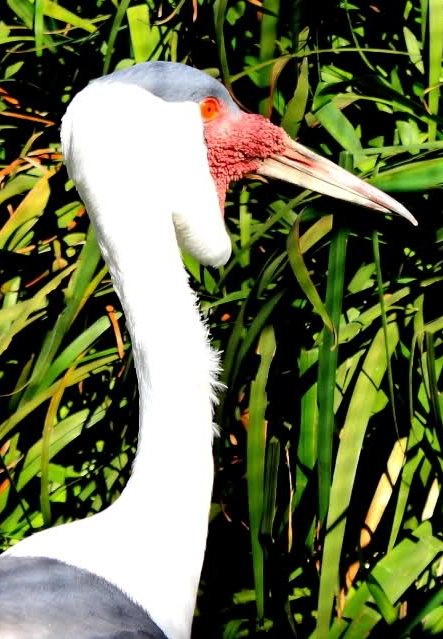 © Flutterby
© Flutterby © nan
© nan